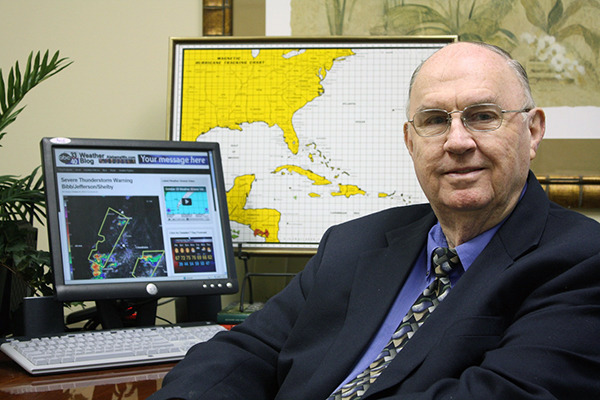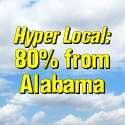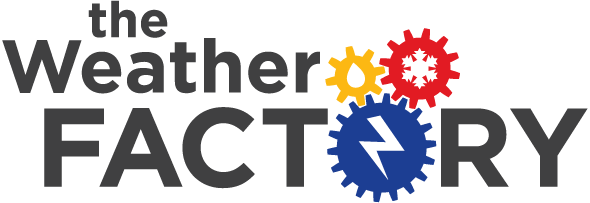How to Warn a Severe Storm NWS Style
Discussion: On June 19, 2018, I had the privilege of observing an afternoon of severe weather from inside the National Weather Service (NWS) Weather Forecast Office (WFO) Denver/Boulder in Boulder, CO. What is fascinating about being on the inside of a NWS WFO during thunderstorms is watching the process of weather forecasters issuing watches and warnings for the storms. On this day, nearly 10 severe thunderstorm and tornado warnings were issued for the Denver/Boulder County Warning Area (CWA) and there were three confirmed tornadoes.
To understand the forecasting process, here is a brief overview. To begin, view the current conditions using surface observations, radar and satellite imagery, and most effectively, look out of the window. You have to know where you are starting to understand where you’re going. From there, forecasters look forward into the next several hours using tools such as weather models, maps of atmospheric thermodynamic and dynamic conditions, and analyze air mass movement. Much more detail goes into this process, but these general steps are repeated throughout the day to update a forecast.
Once it has been determined that severe thunderstorms are on the horizon, it’s time to ensure the office is adequately staffed for the occasion. In the case of afternoon thunderstorms, as recently experienced, the forecasters on duty extended their shifts until the late evening and even midnight shifts began. This was primarily to keep forecast continuity and efficiency throughout the event as opposed to taking precious warning time to brief the new forecasters on what’s happening in the area. Now that storms are popping up on radar and satellite, it’s time to evaluate which, if any, storms need warned.
All watches and warnings from NWS are issued using Advanced Weather Interactive Processing System (AWIPS), a weather forecasting package that allows you to display and analyze data. In this case, numerous storms were intensifying such that the WFO assigned two forecasters to keep an eye on separate storms in the CWA. These forecasters mastered the art of multitasking as they not only were forecasting and warning storms, but, answering phone calls to collect weather reports as well. The following description is just a broad overview of the warning process.
Each forecaster used five computer screens to warn the storms. The first screen was dedicated to creating watch and warning statements using the WarnGen feature. Verbiage for these statements was formed by selecting a series of pre-determined phrases that accurately described the current hazards. Then, the statement was automatically generated and disseminated on the web. The next three screens displayed radar and satellite data. On these screens, the forecasters were constantly monitoring the storm development and evolution. They also used the interactive WarnGenfeature to create and edit the warning polygon based on the storm track. After one warning had been issued, the polygon was manually edited and updated as needed so that once the previous warning expired, the succeeding area was ready to be warned. In this situation, it’s important not to jump the gun and warn over a large area at once as a storm track can rapidly change direction and intensity. The fifth screen displayed the Boulder social media pages and NWSChat page of forecasters at different WFOs. NWSChat is a forum for forecasters from different WFOs to communicate in real-time with emergency managers and media, which, as you can imagine, is important during severe weather.
Severe weather days equate to all-hands-on-deck for the WFO. Everyone works together during hazardous weather events to ensure safety of people and their property by answering phone calls from the general public and emergency officials, collecting storm reports from the SKYWARN volunteer severe weather spotters, and frequently update social media on storm conditions while concurrently improving models through verified model conditions. Not only does this benefit the public, it also helps the forecasters verify actual weather conditions. So, the next time you’re under a watch or warning, remember the detailed process of which the NWS forecasters underwent to alert you of incoming hazardous weather!
For more information on severe weather, click here.
© 2018 Meteorologist Amber Ligget
AlabamaWX is pleased to partner with the Global Weather and Climate Center team for outstanding posts about our atmosphere. Visit them at https://www.globalweatherclimatecenter.com for more great information!
Category: Partner News Stories
















